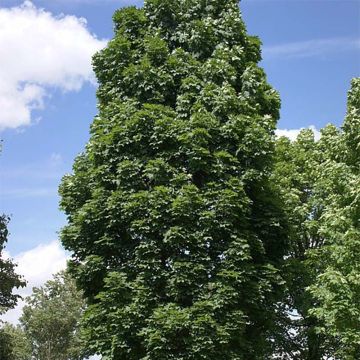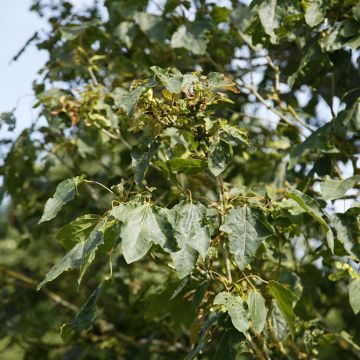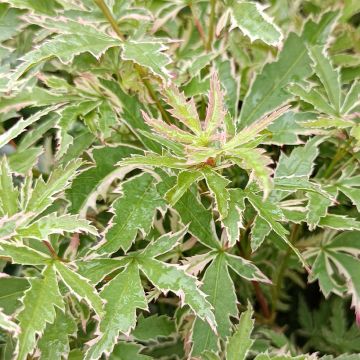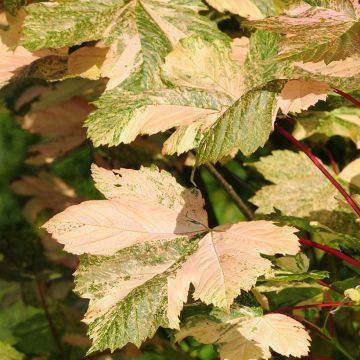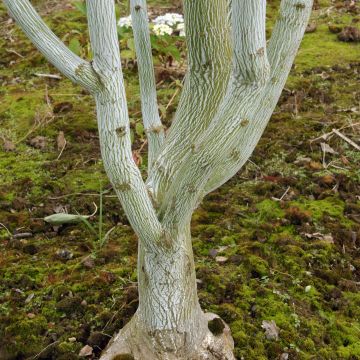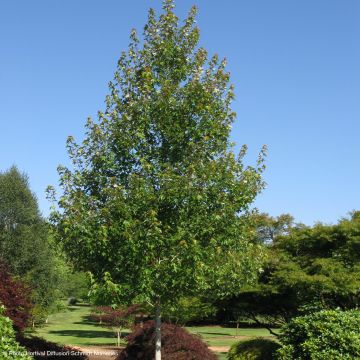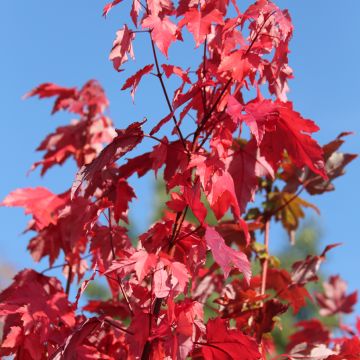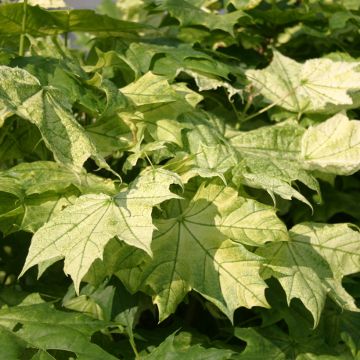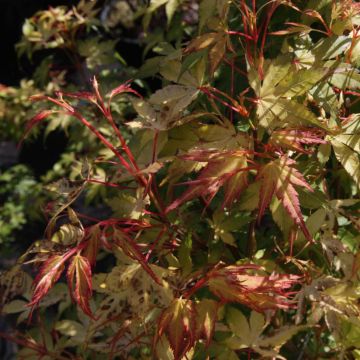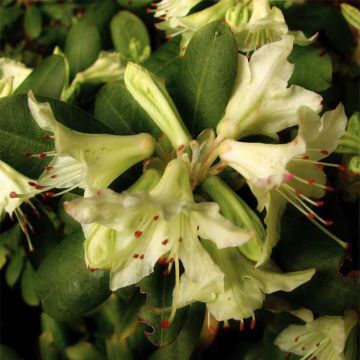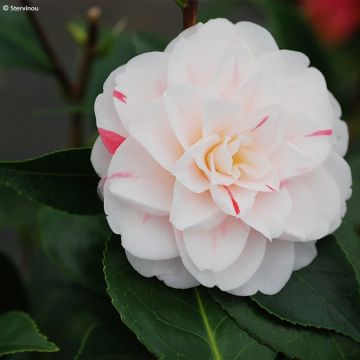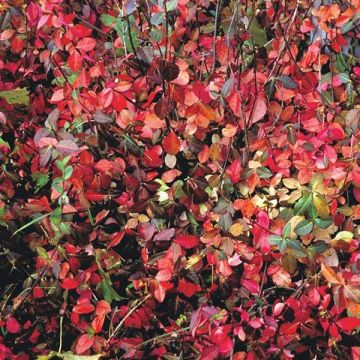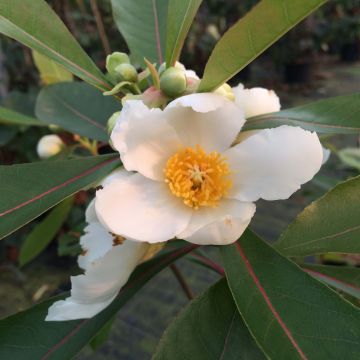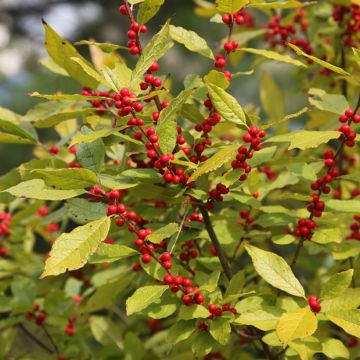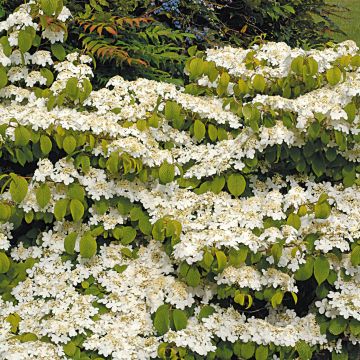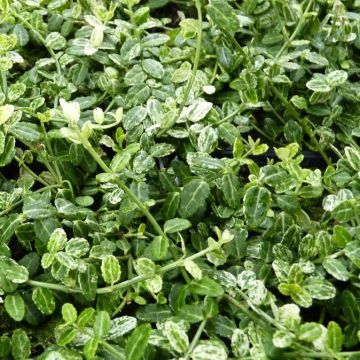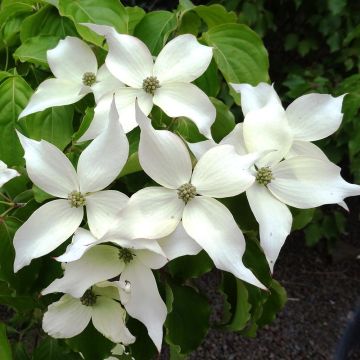Shipping country and language
Your country of residence may be:
Your country of residence is:
For a better user experience on our website, you can select:
Your shipping country:
-
Andorra
-
Austria
-
Belgium
-
Bulgaria
-
Canada
-
Chile
-
Croatia
-
Cyprus
-
Czechia
-
Denmark
-
Estonia
-
Finland
-
France
-
Germany
-
Greece
-
Hungary
-
Iceland
-
Ireland
-
Italy
-
Latvia
-
Lithuania
-
Luxembourg
-
Malta
-
Monaco
-
Netherlands
-
Poland
-
Portugal
-
Romania
-
Slovakia
-
Slovenia
-
Spain
-
Sweden
-
Switzerland
-
United Kingdom
We only deliver seed and bulb products to your country. If you add other products to your basket, they cannot be shipped.
Language:
-
French
-
German
-
Spanish
-
English
-
Italian
My Account
Hello
My wish lists
Log in / Register
Existing customer?
New customer?
Create an account to track your orders, access our customer service and, if you wish, make the most of our upcoming offers.
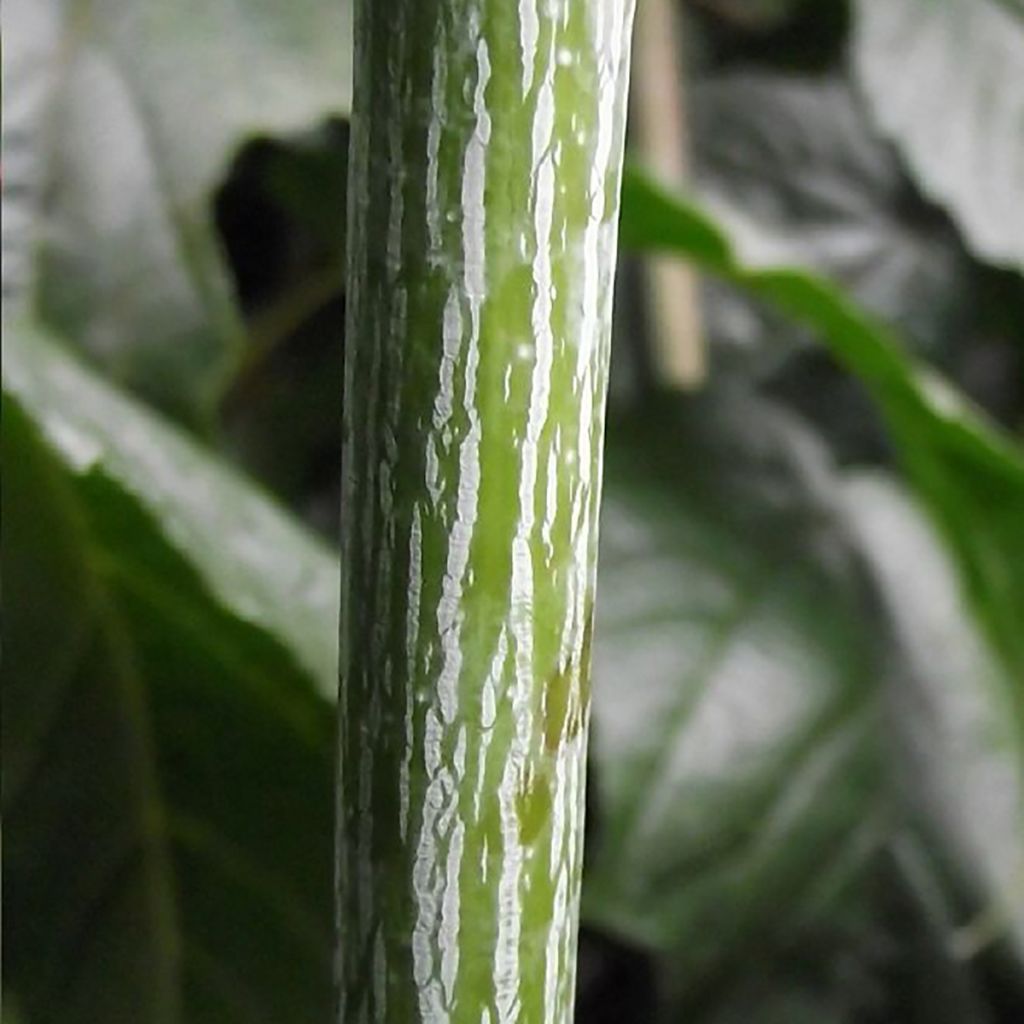

Acer conspicuum Silver Vine (Silver Vein) - Erable à peau de serpent
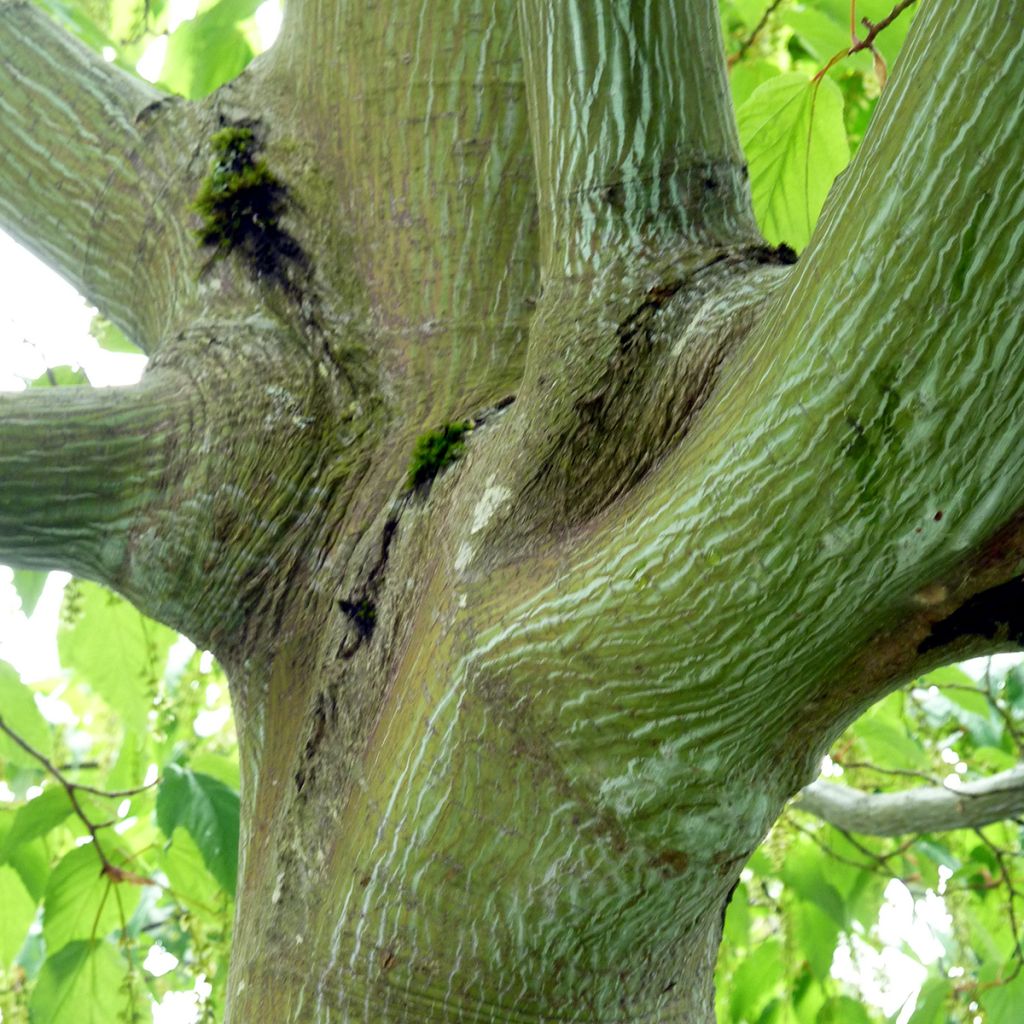

Acer conspicuum Silver Vine (Silver Vein) - Erable à peau de serpent
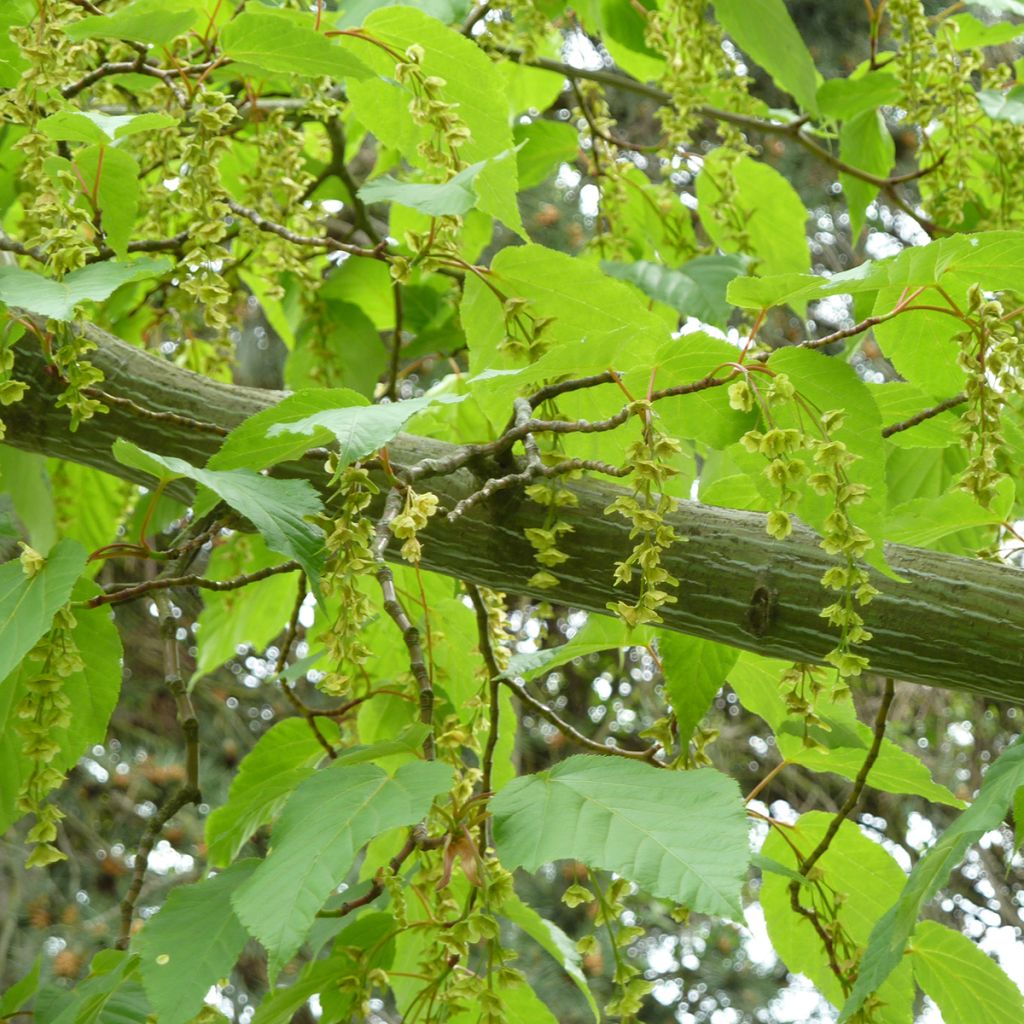

Acer conspicuum Silver Vine (Silver Vein) - Erable à peau de serpent
Acer conspicuum Silver Vein - Maple
Acer conspicuum Silver Vein
Snakebark Maple
Order in the next for dispatch today!
Dispatch by letter from €3.90.
Delivery charge from €5.90 Oversize package delivery charge from €6.90.
More information
This item is not available in your country.
Schedule delivery date,
and select date in basket
This plant carries a 24 months recovery warranty
More information
We guarantee the quality of our plants for a full growing cycle, and will replace at our expense any plant that fails to recover under normal climatic and planting conditions.
Oversize package: home delivery by special carrier from €6.90 per order..
Express home delivery from €8.90.
Does this plant fit my garden?
Set up your Plantfit profile →
Description
The Acer conspicuum 'Silver Vein', like all Snakebark Maples, is a small tree with particularly decorative bark. This variety is characterised by young bark that is dark reddish-brown with silver-white streaks, and coloured areas that change to green over time. In autumn, its leaves turn golden yellow. When leafless, its beautiful red branches veined with silver-white are a pleasure to behold in winter. Its modest size and slow growth make this small tree a good candidate for a prominent position in small gardens.
Like all maples, Acer conspicuum 'Silver Vein' belongs to the Sapindaceae family (formerly Aceraceae). It was bred by Pete Douwsma for Hillier's Chandlers Ford Nursery in Hampshire, UK in 1961. Its parents are Acer davidii 'George Forrest' and A. pensylvanicum 'Erythrocladum'. 'Silver Vein' (sometimes mistakenly spelt 'Silver Vine') is a slow-growing, deciduous tree, reaching approximately 3m (9 in 10 ft) in height by the age of 10. When fully grown, it generally exceeds 4.50m (14 in 10 ft) in height with a spread of 2.50m (8 in 2 ft) to 3m (9 in 10 ft). It has a relatively short trunk topped with a semi-spreading crown. The young branches are red. The older branches and trunk, resembling that of a snakeskin during shedding, are longitudinally streaked with a slightly greyish-white colour. The deciduous opposite leaves, are three-lobed and around 6 to 8cm (2.4 - 3.1 in) in length. They are light green when they first appear, darkening in summer, and turning yellow in autumn. The red petiole that carries them contrasts nicely with the yellow colour of the leaf blade in autumn. In June, an inconspicuous bloom gives way to winged fruits called samaras 3 to 5cm (1.2 - 2 in) in length.
Acer conspicuum 'Silver Vein' is a small tree that thrives in moderate sun or partial shade, in lime-free soils that are moist to dry in summer. If your garden can give it the conditions it loves, it will become the main attraction. This modestly-sized variety will be most at home in small gardens, highlighted in the centre of an ericaceous bed among understated perennials such as hostas, ferns, or bleeding hearts - plants that will not overshadow its distinctive personality.
Report an error about the product description
Acer conspicuum Silver Vein - Maple in pictures
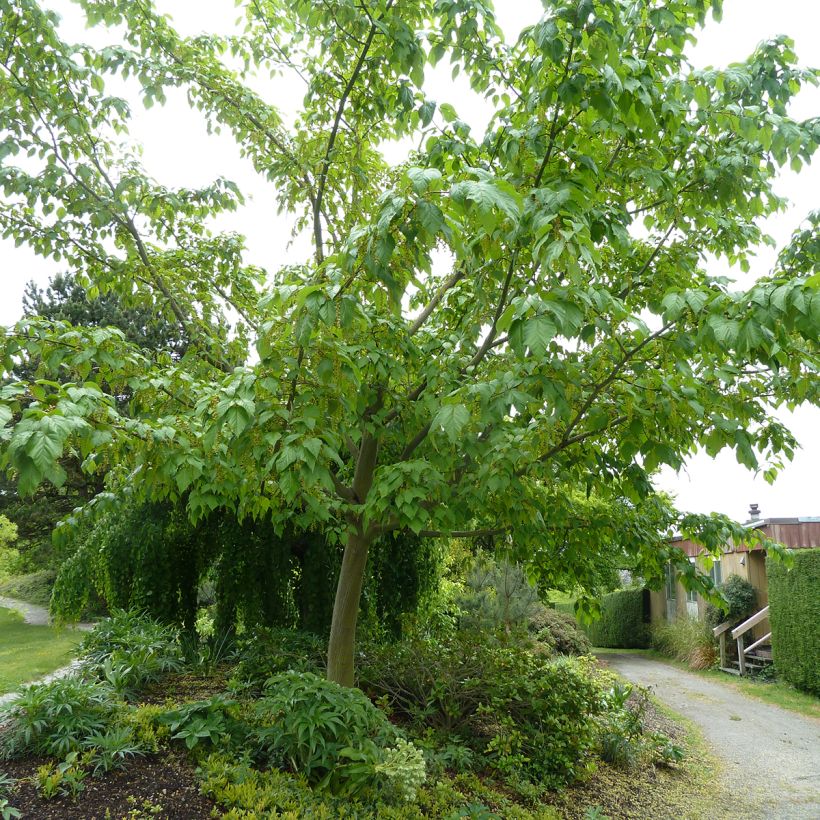

Plant habit
Flowering
Foliage
Botanical data
Acer
conspicuum
Silver Vein
Aceraceae
Snakebark Maple
Silver Vine
Cultivar or hybrid
Other Acer - Maple tree
Planting and care
Acer conspicuum 'Silver Vein' should be planted in spring or autumn in a deep, fertile, well-drained, neutral to acid, lime-free soil, in a gently sunny or preferably semi-shaded position. It prefers the soil to remain moist throughout the year, without being waterlogged. Once well-rooted, it can tolerate fairly dry summers. Beware of strong winds. Keep the soil moist during the first two summers after planting. Mulching can help to keep the soil moist. Young trees should be formatively pruned, then every 3 years to balance the canopy and maintain a harmonious shape. Do not prune after December, as the sap rises very early.
Planting period
Intended location
Care
This item has not been reviewed yet - be the first to leave a review about it.
Shrubs for semi-shade
Haven't found what you were looking for?
Hardiness is the lowest winter temperature a plant can endure without suffering serious damage or even dying. However, hardiness is affected by location (a sheltered area, such as a patio), protection (winter cover) and soil type (hardiness is improved by well-drained soil).

Photo Sharing Terms & Conditions
In order to encourage gardeners to interact and share their experiences, Promesse de fleurs offers various media enabling content to be uploaded onto its Site - in particular via the ‘Photo sharing’ module.
The User agrees to refrain from:
- Posting any content that is illegal, prejudicial, insulting, racist, inciteful to hatred, revisionist, contrary to public decency, that infringes on privacy or on the privacy rights of third parties, in particular the publicity rights of persons and goods, intellectual property rights, or the right to privacy.
- Submitting content on behalf of a third party;
- Impersonate the identity of a third party and/or publish any personal information about a third party;
In general, the User undertakes to refrain from any unethical behaviour.
All Content (in particular text, comments, files, images, photos, videos, creative works, etc.), which may be subject to property or intellectual property rights, image or other private rights, shall remain the property of the User, subject to the limited rights granted by the terms of the licence granted by Promesse de fleurs as stated below. Users are at liberty to publish or not to publish such Content on the Site, notably via the ‘Photo Sharing’ facility, and accept that this Content shall be made public and freely accessible, notably on the Internet.
Users further acknowledge, undertake to have ,and guarantee that they hold all necessary rights and permissions to publish such material on the Site, in particular with regard to the legislation in force pertaining to any privacy, property, intellectual property, image, or contractual rights, or rights of any other nature. By publishing such Content on the Site, Users acknowledge accepting full liability as publishers of the Content within the meaning of the law, and grant Promesse de fleurs, free of charge, an inclusive, worldwide licence for the said Content for the entire duration of its publication, including all reproduction, representation, up/downloading, displaying, performing, transmission, and storage rights.
Users also grant permission for their name to be linked to the Content and accept that this link may not always be made available.
By engaging in posting material, Users consent to their Content becoming automatically accessible on the Internet, in particular on other sites and/or blogs and/or web pages of the Promesse de fleurs site, including in particular social pages and the Promesse de fleurs catalogue.
Users may secure the removal of entrusted content free of charge by issuing a simple request via our contact form.
The flowering period indicated on our website applies to countries and regions located in USDA zone 8 (France, the United Kingdom, Ireland, the Netherlands, etc.)
It will vary according to where you live:
- In zones 9 to 10 (Italy, Spain, Greece, etc.), flowering will occur about 2 to 4 weeks earlier.
- In zones 6 to 7 (Germany, Poland, Slovenia, and lower mountainous regions), flowering will be delayed by 2 to 3 weeks.
- In zone 5 (Central Europe, Scandinavia), blooming will be delayed by 3 to 5 weeks.
In temperate climates, pruning of spring-flowering shrubs (forsythia, spireas, etc.) should be done just after flowering.
Pruning of summer-flowering shrubs (Indian Lilac, Perovskia, etc.) can be done in winter or spring.
In cold regions as well as with frost-sensitive plants, avoid pruning too early when severe frosts may still occur.
The planting period indicated on our website applies to countries and regions located in USDA zone 8 (France, United Kingdom, Ireland, Netherlands).
It will vary according to where you live:
- In Mediterranean zones (Marseille, Madrid, Milan, etc.), autumn and winter are the best planting periods.
- In continental zones (Strasbourg, Munich, Vienna, etc.), delay planting by 2 to 3 weeks in spring and bring it forward by 2 to 4 weeks in autumn.
- In mountainous regions (the Alps, Pyrenees, Carpathians, etc.), it is best to plant in late spring (May-June) or late summer (August-September).
The harvesting period indicated on our website applies to countries and regions in USDA zone 8 (France, England, Ireland, the Netherlands).
In colder areas (Scandinavia, Poland, Austria...) fruit and vegetable harvests are likely to be delayed by 3-4 weeks.
In warmer areas (Italy, Spain, Greece, etc.), harvesting will probably take place earlier, depending on weather conditions.
The sowing periods indicated on our website apply to countries and regions within USDA Zone 8 (France, UK, Ireland, Netherlands).
In colder areas (Scandinavia, Poland, Austria...), delay any outdoor sowing by 3-4 weeks, or sow under glass.
In warmer climes (Italy, Spain, Greece, etc.), bring outdoor sowing forward by a few weeks.
